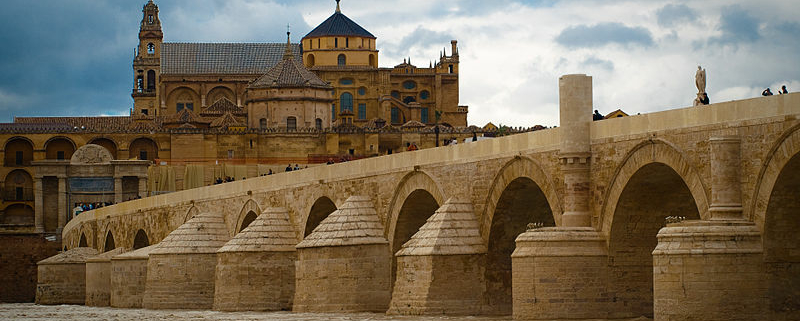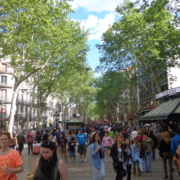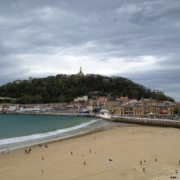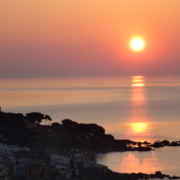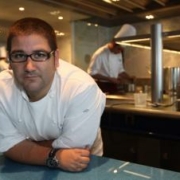When in Cordoba ……
When in Cordoba, Spain …….. apart from the famous amazing ‘Mezquita’ – the Mosque – there’s so much more to see and do in the Andalusian city of Cordoba.
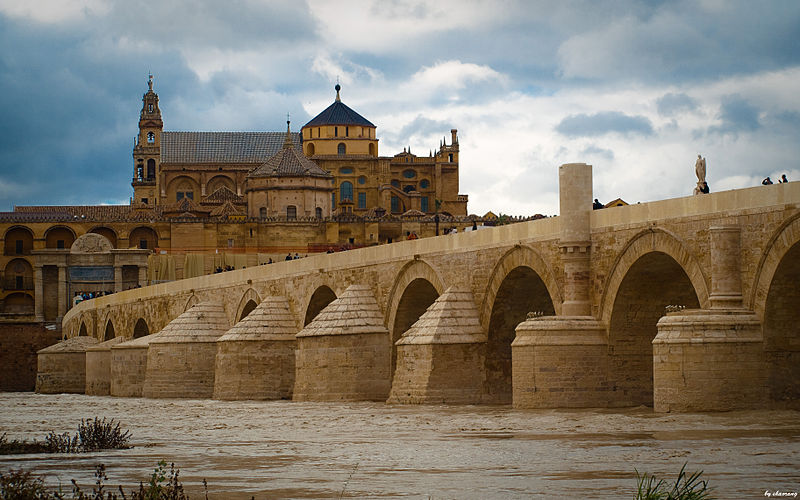
Take time to visit the local taverns to savor some typical Cordobese tapas. A Tavern in Cordoba used to be a place where the local people could go to drink wine. Every tavern had an interior courtyard with a well that was not only used for decoration but also to keep the drinks fresh. Nowadays Cordoban taverns are designed as lively, yet less frenetic, venues to taste tapas. You will have the chance to sample local specialties such as Flamenquín (battered pork or ham), Salmorejo (cold tomato soup thickened with breadcrumbs), Rabo de Toro (Bull’s tail) and for dessert the typical ‘Pastel Cordobés’ – a pastry filled with sweet pumpkin.
Cordoba has many charming squares to watch the world go by, but maybe the best is the Plaza de la Corredera which is like a mini Venetian St Mark’s Square. The first bullfights in Cordoba were held here, but today the restaurant and bar terraces fill up with visitors taking in the grandeur of it all. Another renowned square in Cordoba is the Plaza del Potro featuring an interesting fountain dating back to 1577 and a historic inn mentioned by Miguel de Cervantes in his famous novel, Don Quixote.
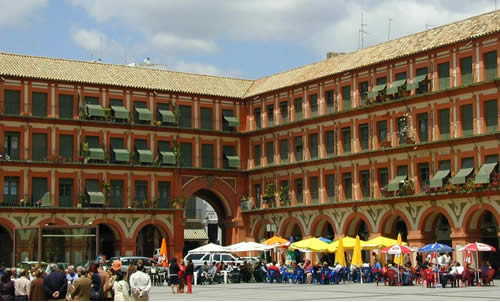
As the city is located on the banks of the Guadalquivir River, it is no surprise that you will find bridges here. The most famous is the ancient Roman Bridge that links the area of Campo de la Verdad with Barrio de la Catedral. It was built in the early 1st century BC, during the period of Roman rule in Cordoba, and the 16 arches stretch over a length of about 250 meters. It was the only bridge in the city for twenty centuries, until the construction of the San Rafael Bridge in the mid-20th century.
Jews formed a part of Cordoba’s cultural mix from as early as the 2nd Century until their expulsion from Spain in 1492. Cordoba’s large Juderia is the best-known part of Cordoba’s historic center, which was declared a World Heritage Site by UNESCO in 1984 and is one of the largest in Europe.
Join us on a Private Food, Wine and Culture Gourmand Break to discover Andalusia and Cordoba. Our Majestic Madrid and Authentic Andalusia Private Tour includes not only Cordoba, but also Seville, Granada and Ronda in the South of Spain.

